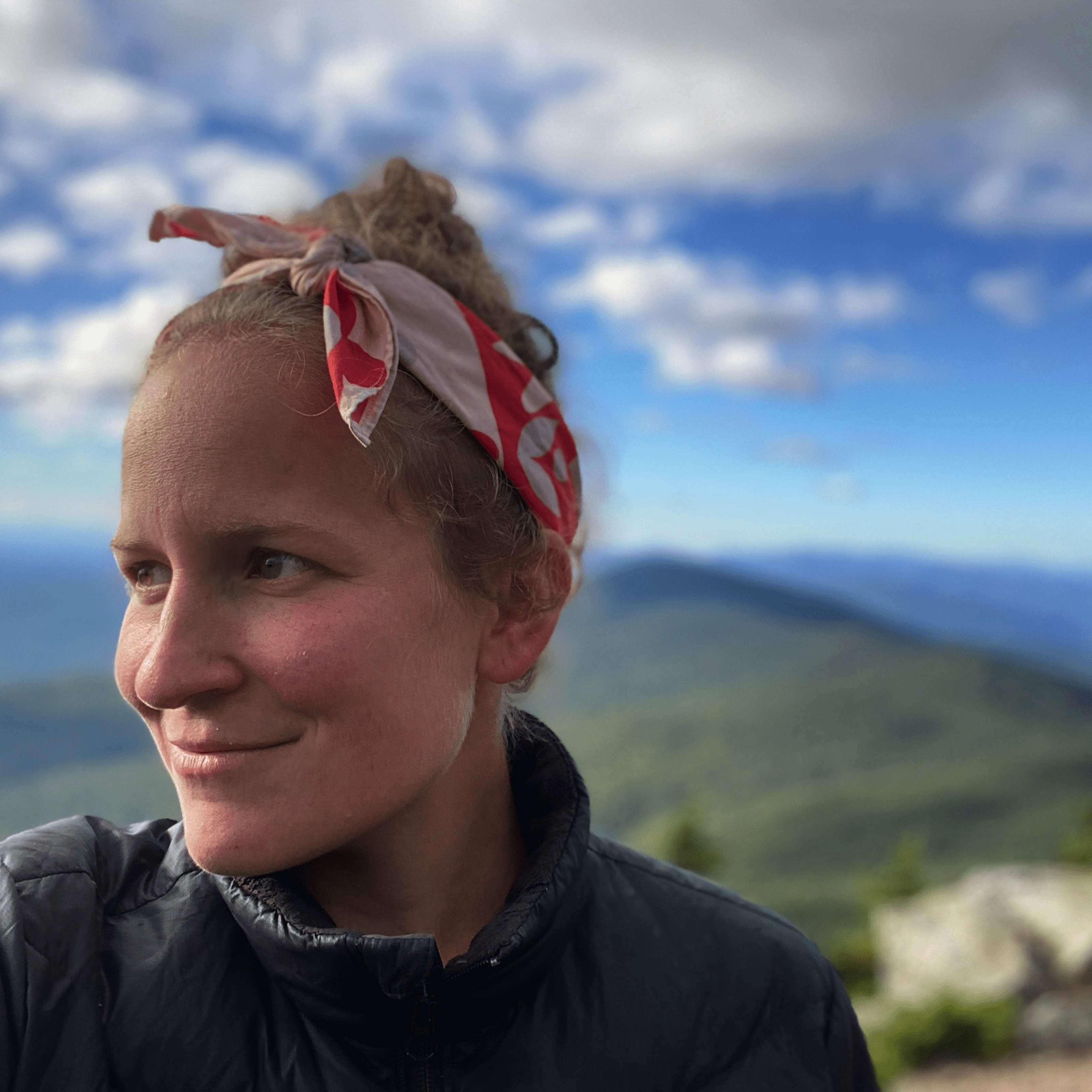
What is Tiny Waste?
Week 0
About me
Last year, my husband and I moved out of Brooklyn, New York and took a five month honeymoon walking from Georgia to Maine on the Appalachian Trail. We carried backpacks with everything we needed to survive, including a tent, sleeping quilt, two sets of clothes, a pot and two sporks. We showered once a week, resupplied food every few days and because hiker’s are encouraged to “leave no trace,” we schlepped our garbage for days at a time.
This simple lifestyle significantly altered our perspective about what we need to be happy. For my husband and I, there is no physical thing that brings us as much joy as being together on top of a mountain. We gained appreciation for life’s most simple pleasures, such as having constant access to clean water and hot food as well as having shelter in a storm and sleeping in a bed. And by having such a physical connection to the waste we produced, we realized how much we are contributing to landfills.
At the end of our five month hiatus from the real world, we felt overwhelmed by all of the excess in our lives. So, I started doing a little research on a movement I’ve been hearing about over the last couple of years, Zero Waste. At first glance, it felt a little pretentious, kind of excessive, and pretty pricey to execute. However, once I made time to educate myself on what this lifestyle is all about, I felt eager to join the cause.
Quick facts
The average American produces five pounds of waste per day. That’s 1,825 pounds per year, PER PERSON. In 2018, the US alone produced 292.4 million tons of waste, 50% of which ended up in landfills. As Live Science put it, “Landfills are not designed to break down waste, only to store it, according to the NSWMA. But garbage in a landfill does decompose, albeit slowly and in a sealed, oxygen-free environment. Because of the lack of oxygen, bacteria in the waste produce methane gas, which is highly flammable and dangerous if allowed to collect underground. It is also a potent greenhouse gas and contributes to global warming.”
And y’all, global warming is terrifying. Truly. The effects of climate change may feel like a distant threat, but we are already seeing the devastation in record wildfires and hurricanes. If you aren’t freaked out by global warming, go ahead and add “The Uninhabitable Earth” by David Wells to your reading list. Here’s a little taste of the horror in our future, as per the author, "It's projected that if we don't avoid 2 degrees of warming, 153 million people will die from air pollution alone. That is the equivalent of 25 Holocausts," he says. "And since 2 degrees is about our best-case scenario, I think it's, practically speaking, baked in."
Please allow me a few moments to mourn our impending doom...
The 5 Rs of zero waste
Ok! Moving forward...the most basic goal of the zero waste movement is to stop filling landfills with garbage by following the 5 R’s:
- Refuse - say no to single use plastics
- Reduce - consume less
- Reuse - keep items out of the landfill by repairing or upcycling them
- Rot - compost biodegradable waste
- Recycle - everything else
It didn’t take much research for me to understand the importance of reducing my landfill contributions and offsetting my carbon emissions. When my future children and grandchildren ask me if I did everything I could to conserve the planet for them, I want to be able to answer with a resounding Yes! Still, the idea of giving up plastic and changing my environmentally harmful habits overnight feels overwhelming and unrealistic, like sprinting a marathon without ever having run a mile. So, using the 5 R's, I’ve made a plan that I will be more likely to stick to and over the next year, I’ll ease into a zero waste lifestyle.
The Tiny Waste resolution
Ladies and Gentlemen, I present to you my Tiny Waste Resolution:
- I’ll tackle one waste problem per week for a year. This could mean swapping single use items for reusable ones or changing a harmful habit.
- Every week I’ll “Make the Change” with a craft project that helps implement a habit, produces a reusable swap, or upcycles old materials.
- And because I’m well aware that my efforts alone will not save the planet, I’m going to write one letter per week to a business that I love, but would like to see more of an eco-friendly effort from.
It’s no coincidence that the name sounds more like a weight loss program. I do want to lose weight, but instead of on my body, it’s from my trash can! Like any successful slim down, I’m making small lifestyle changes, instead of crash dieting. I will allow myself to make mistakes without giving up on my goal. And I’ll try to keep in mind that his movement is about many people making small changes rather than a few people making big changes.
Over the next 52 weeks, I’ll post my weekly goals, product reviews, DIY projects and progress reports so others can follow along and hopefully shrink their own waste.